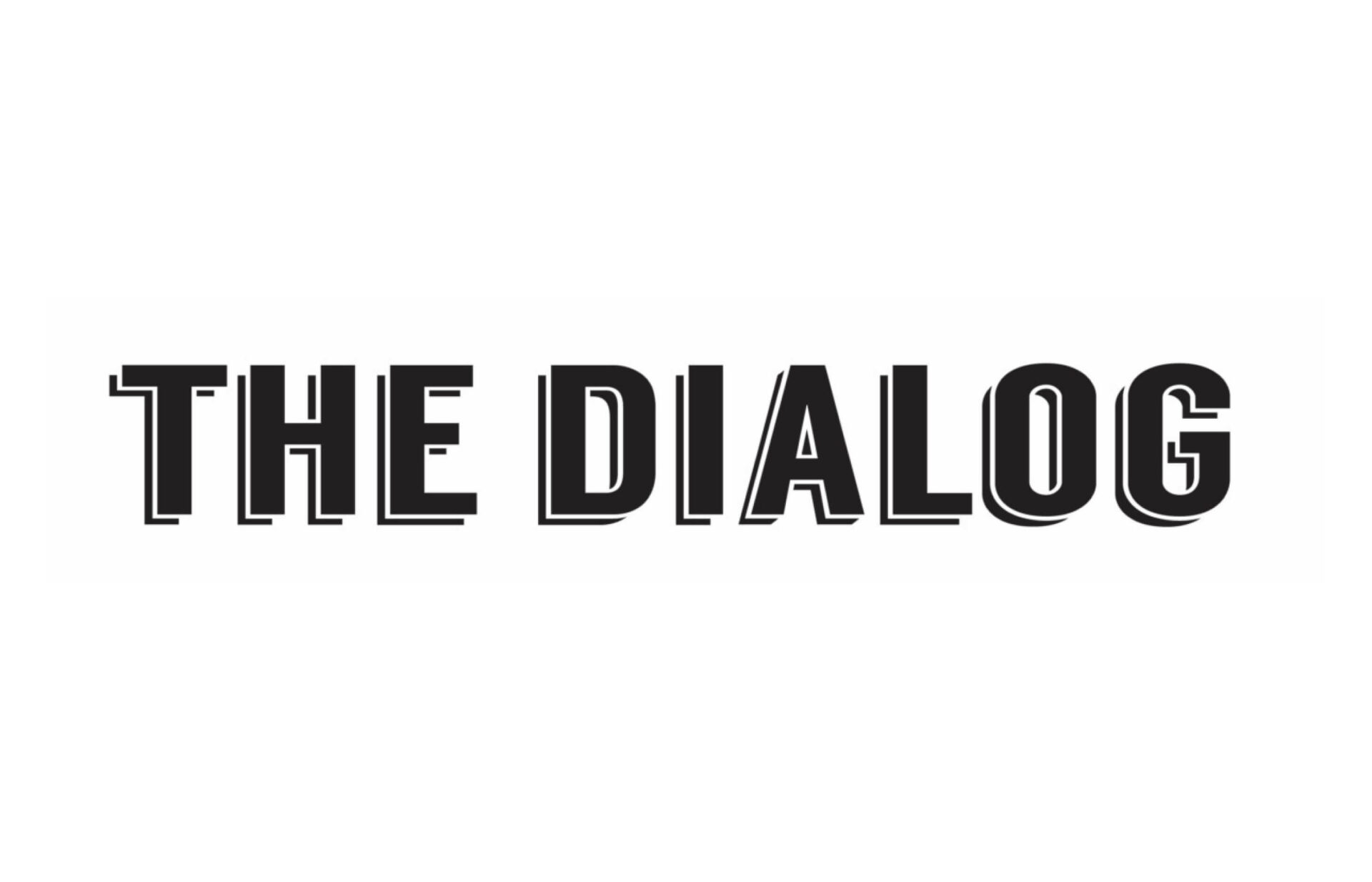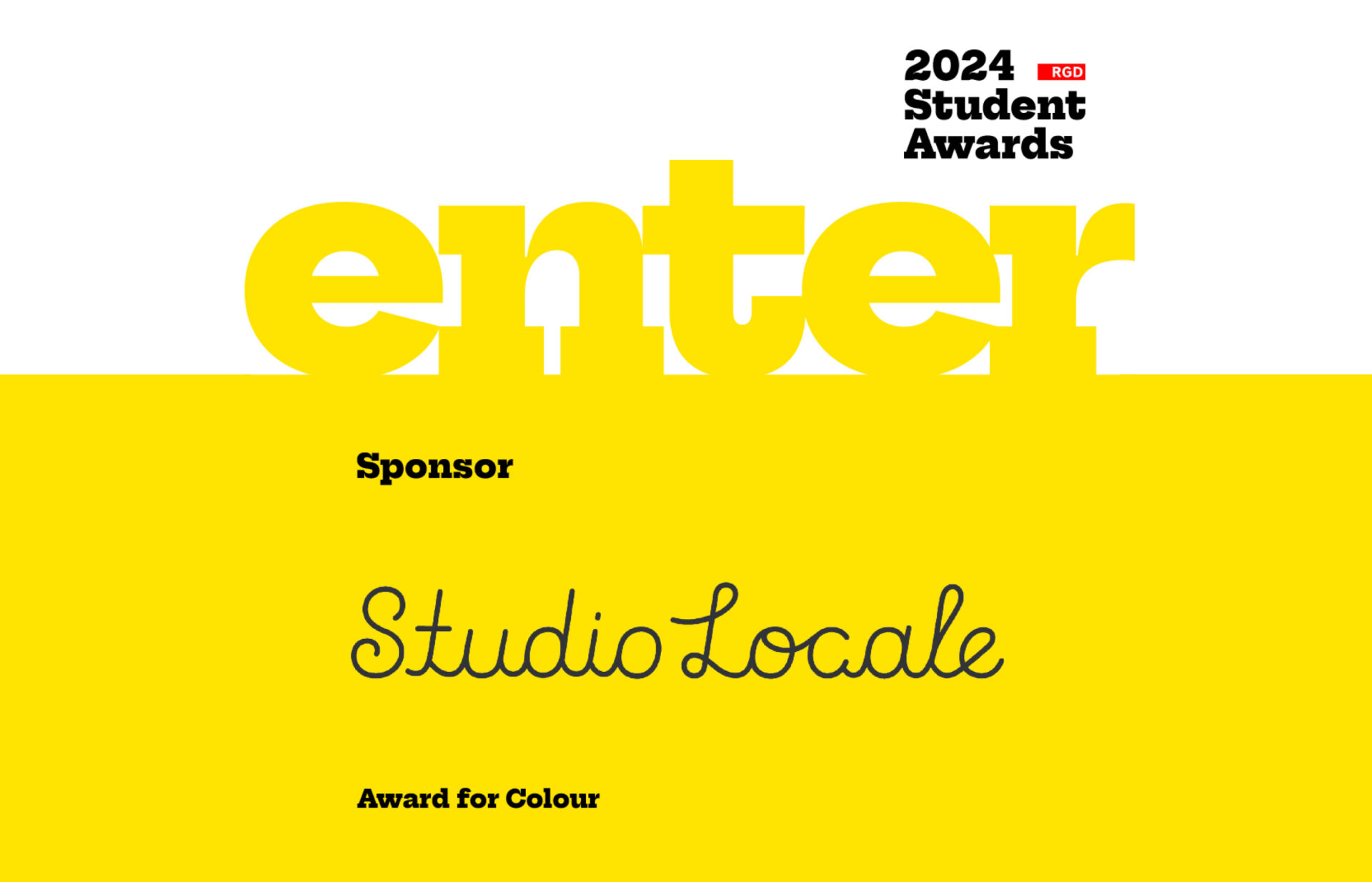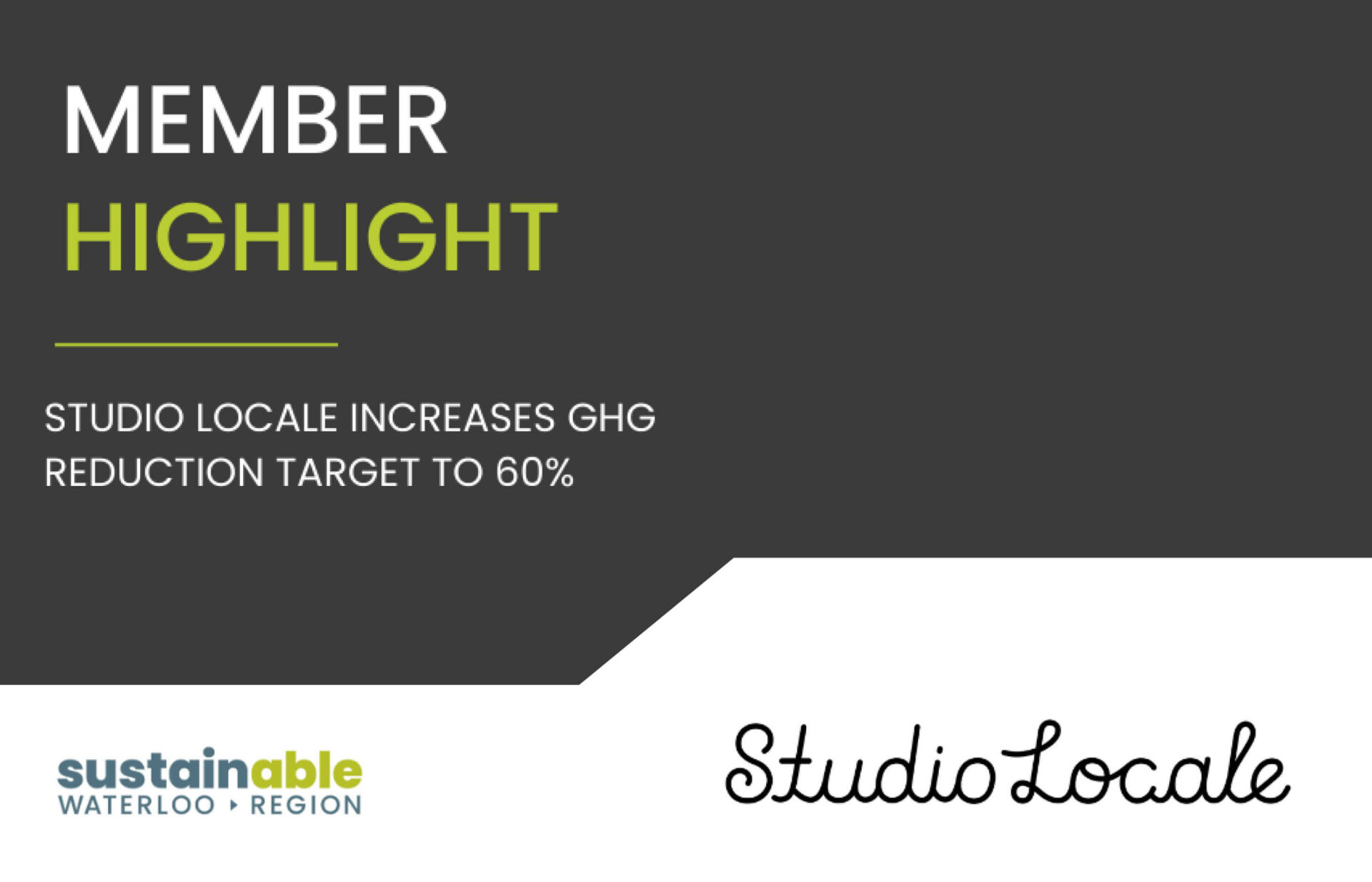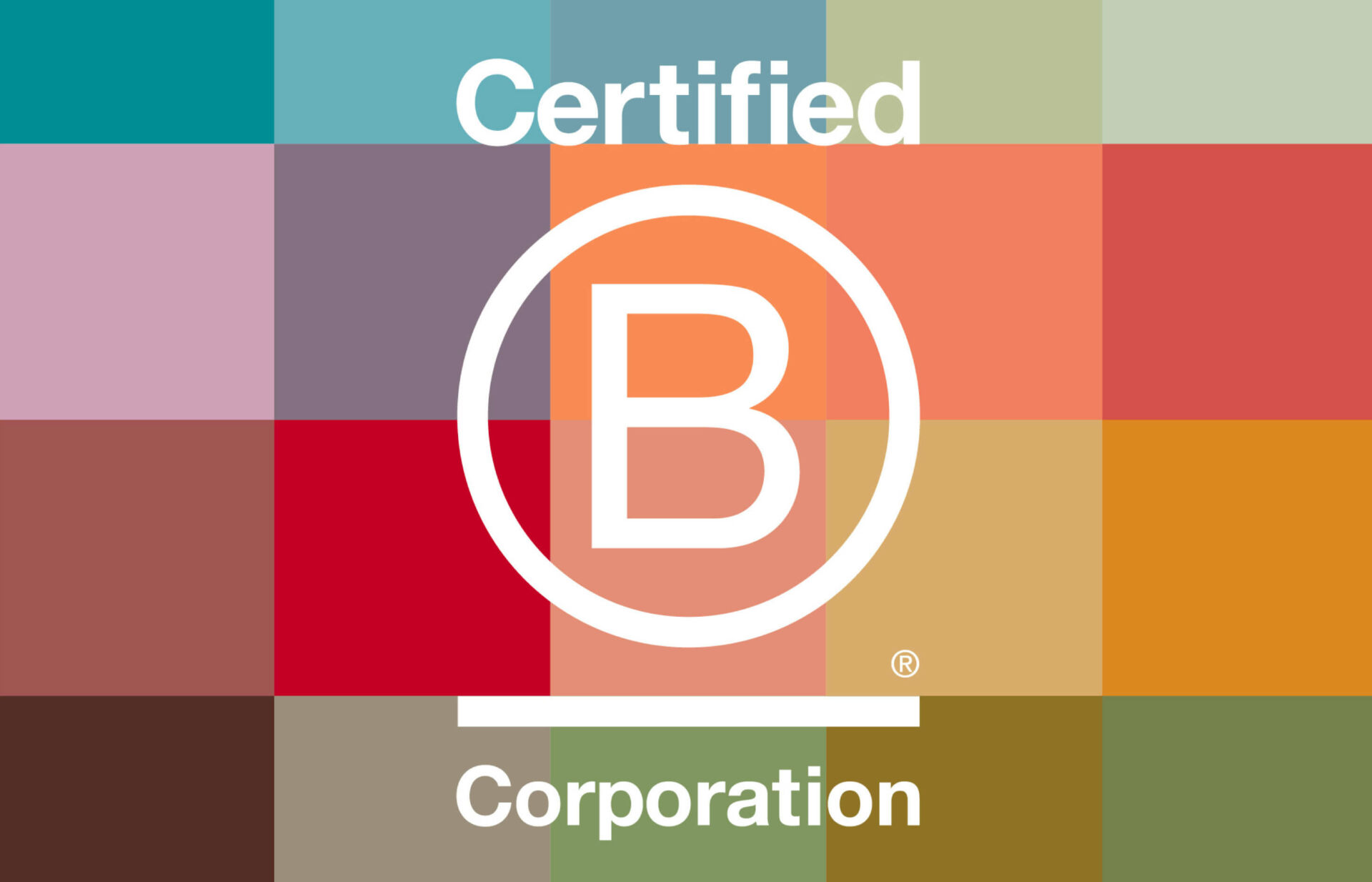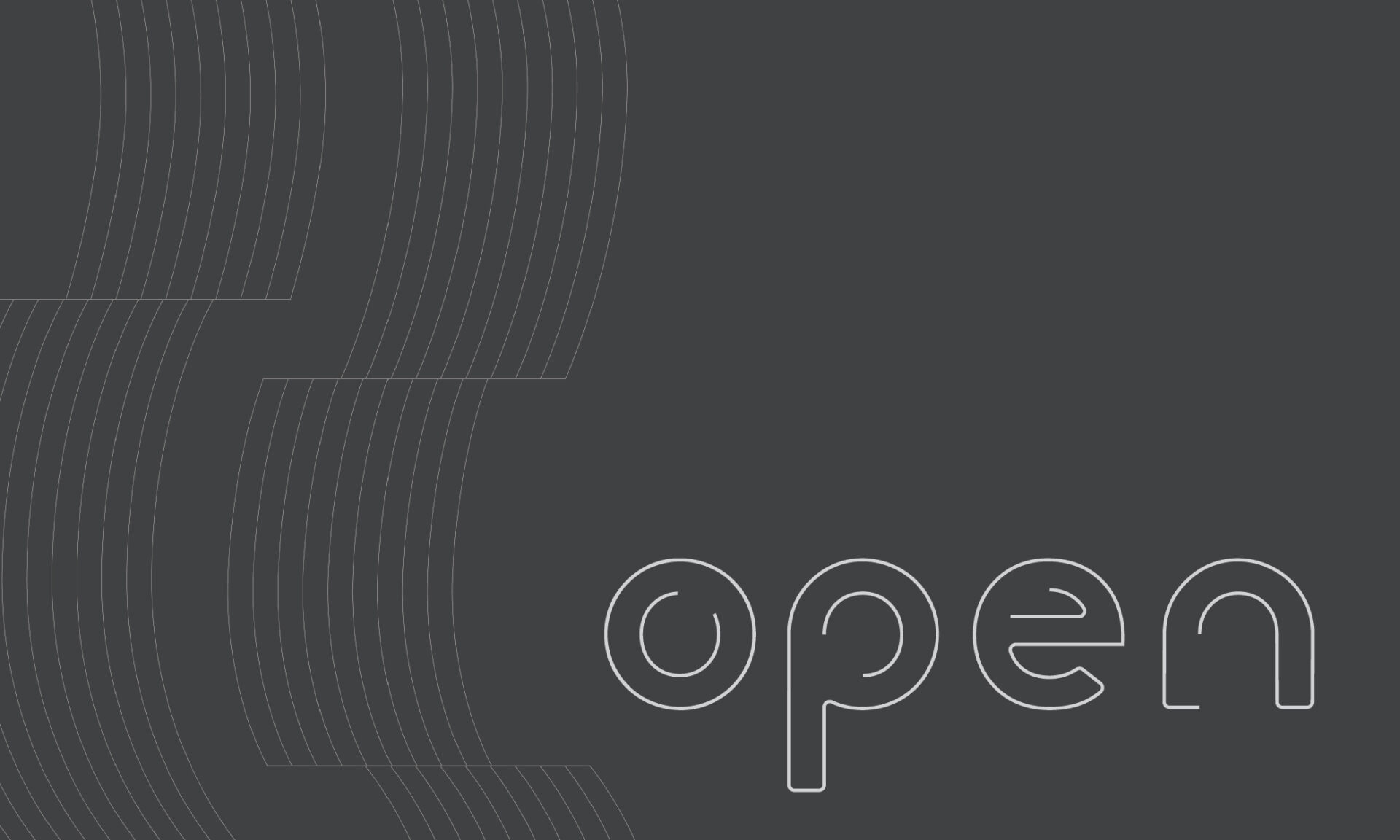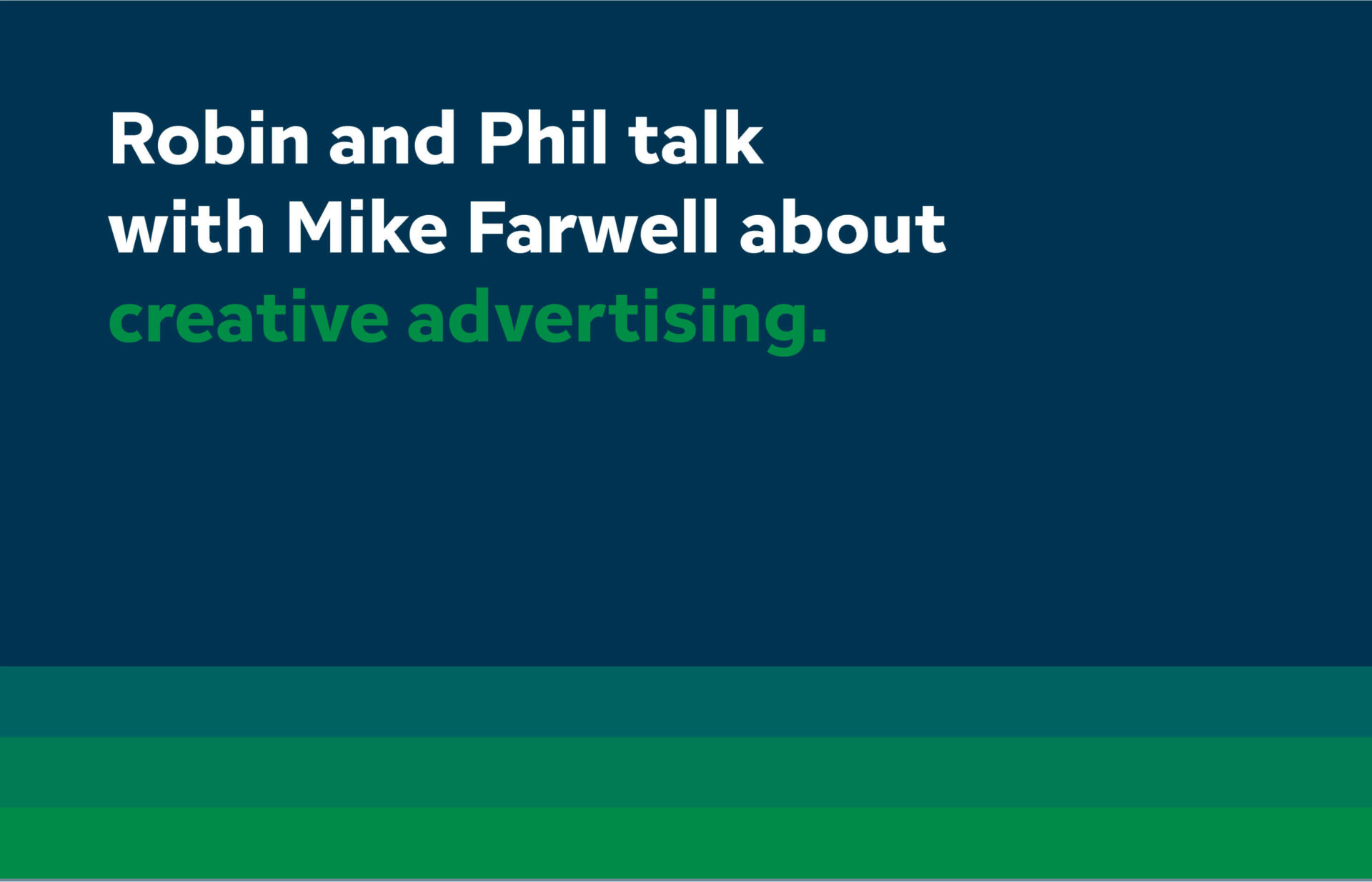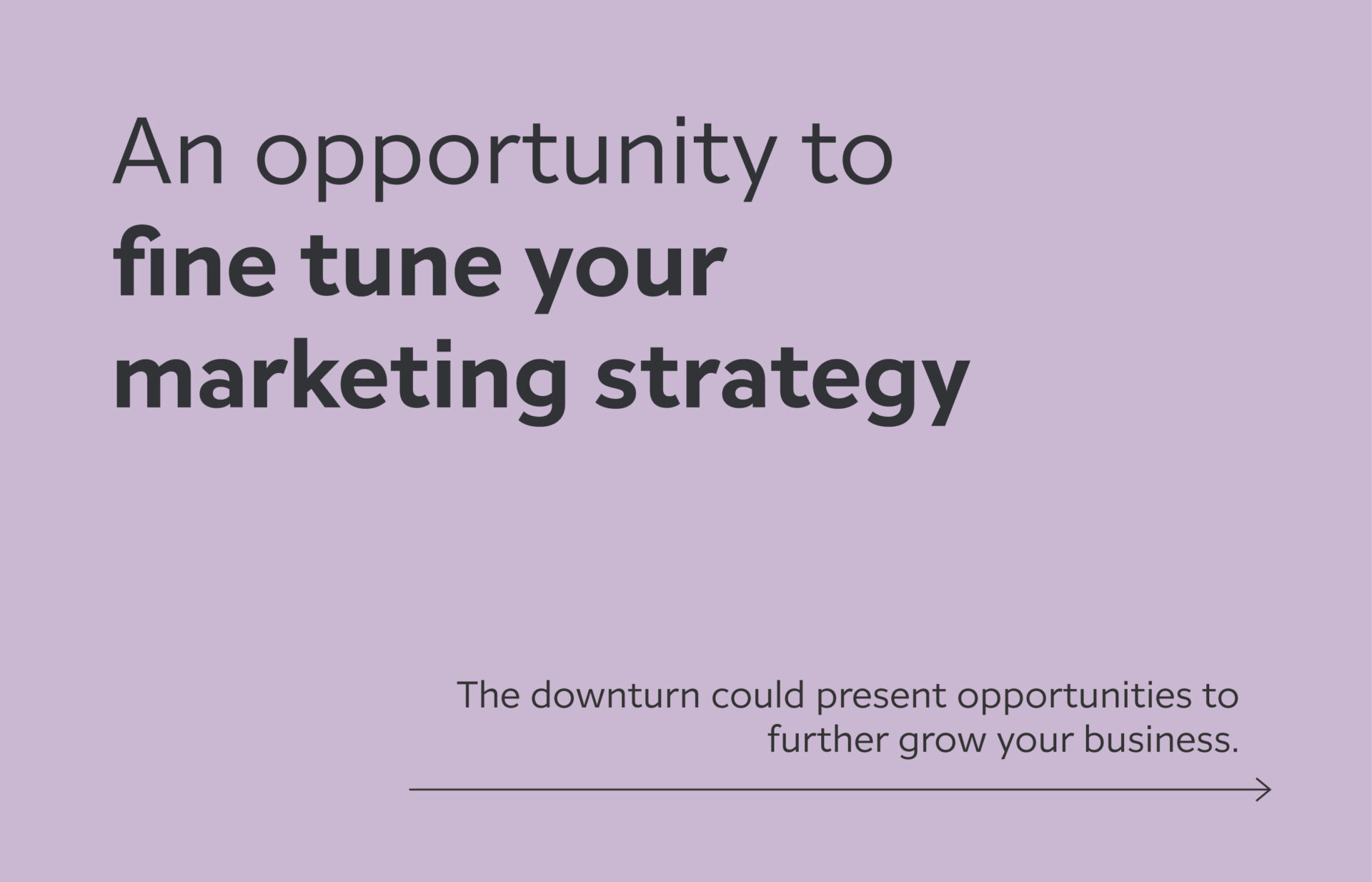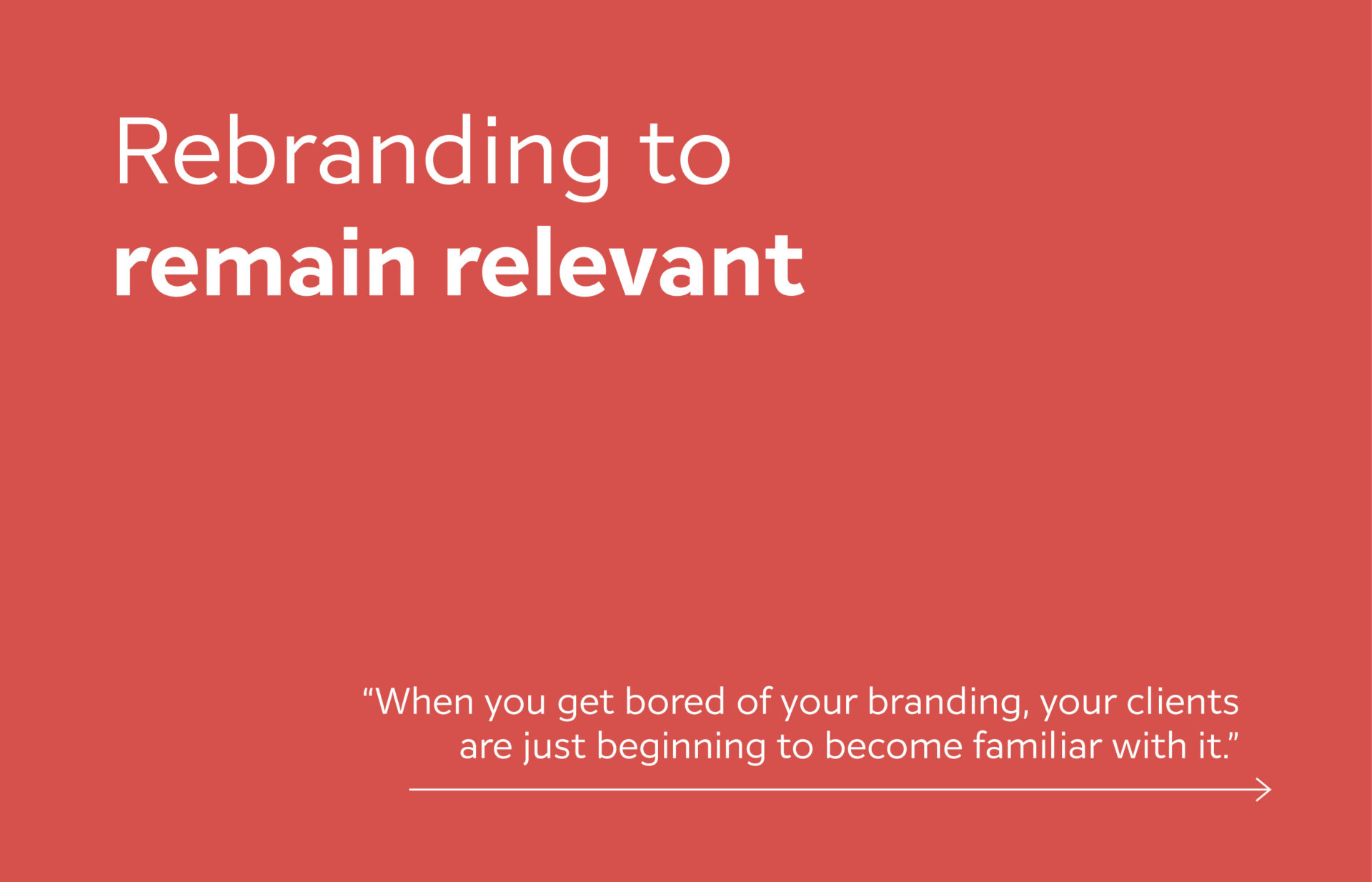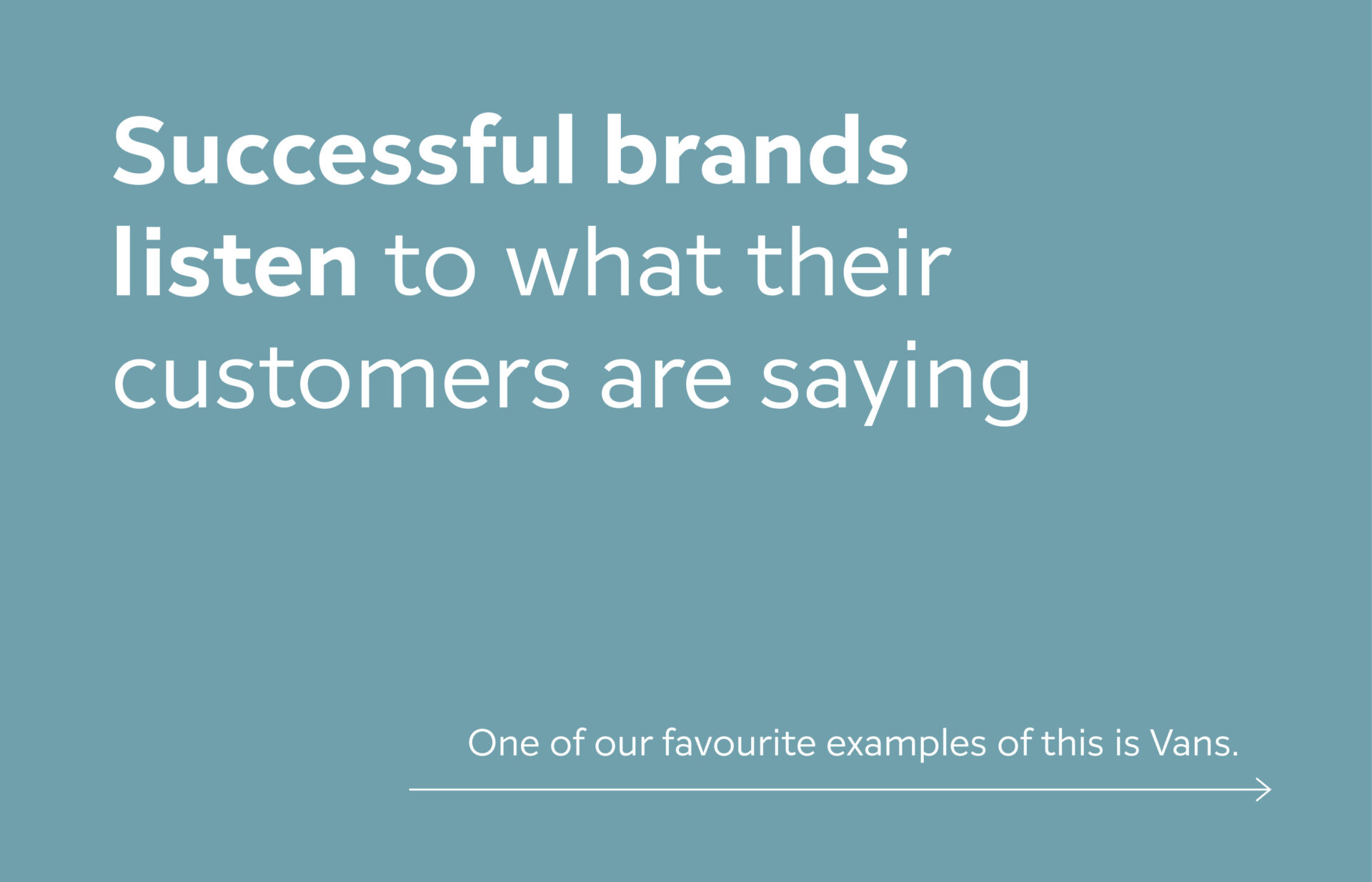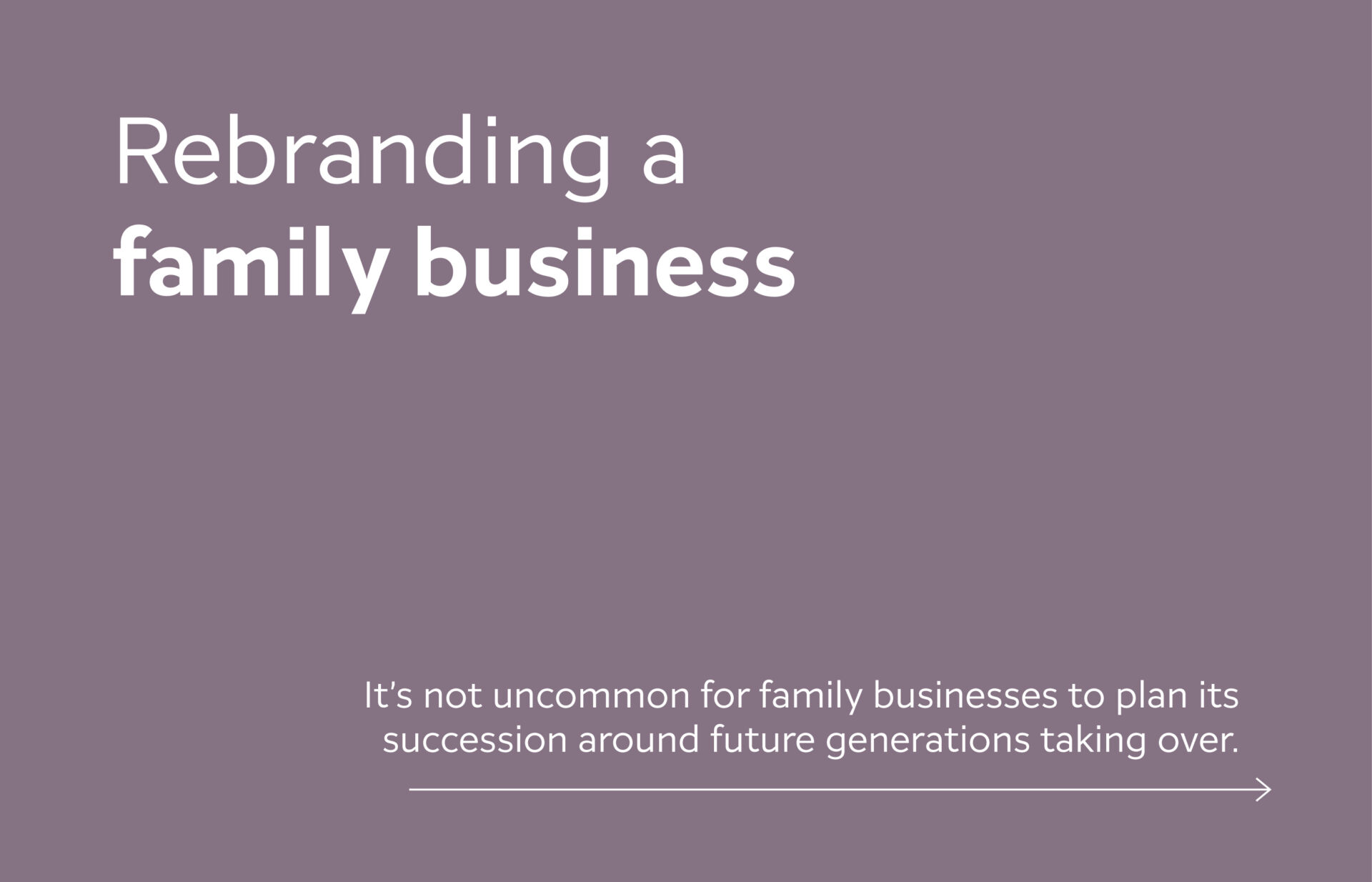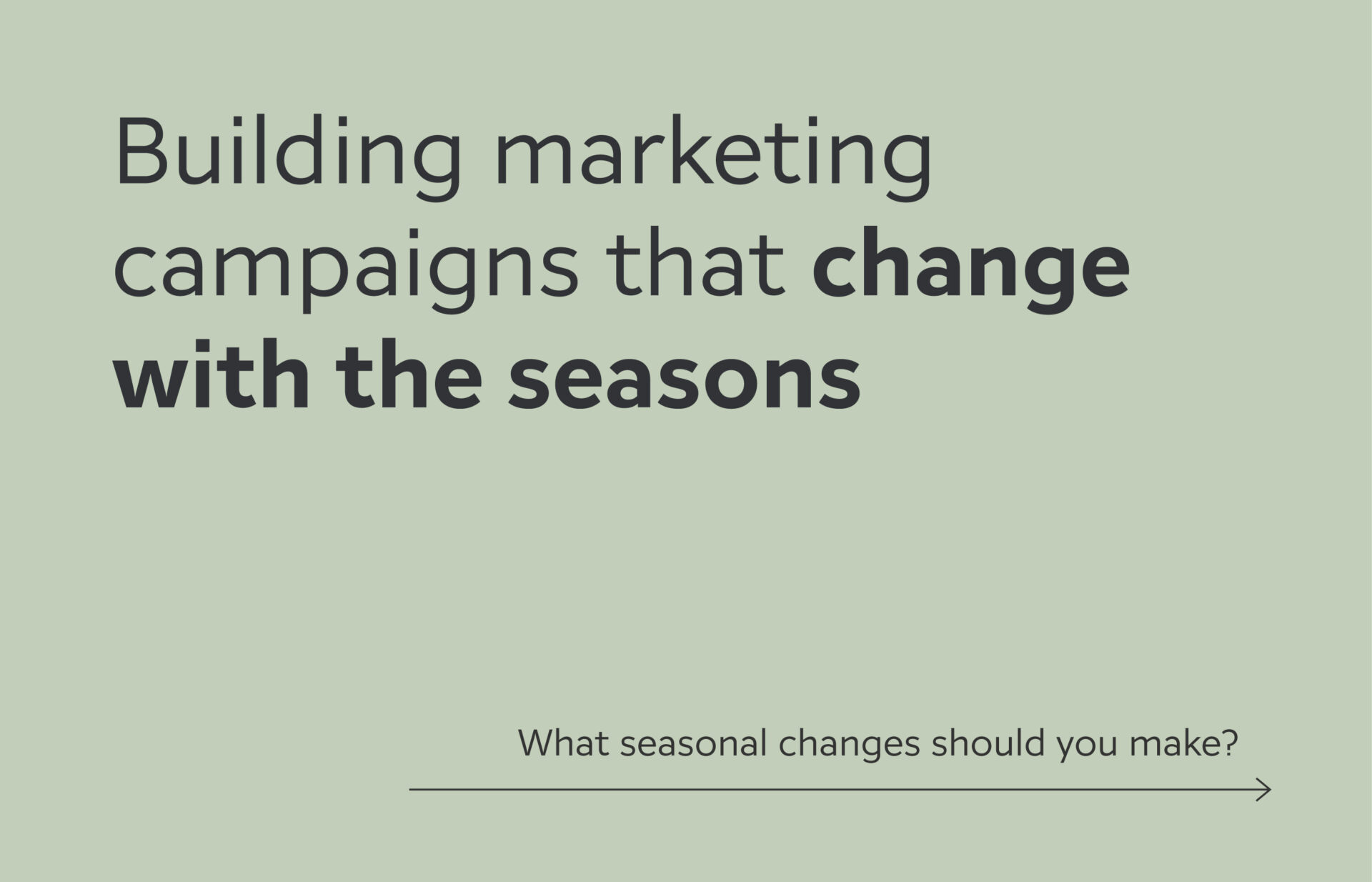Philip Mondor RGD quoted on the value of design awards for students
The value in (entering) design awards for new grads
Philip Mondor RGD, member of the Association of Registered Graphic Designers (RGD), highlights the importance of design awards for aspiring designers in a recent article in The Dialog: George Brown College newspaper. Philip emphasizes how participating in these awards can boost confidence, gain industry recognition, and enhance career prospects.

RGD Student Awards sponsor
Closely looking at the use of colour (and awarding it!)
Studio Locale is this year’s RGD Student Awards sponsor for the Award for Colour.
The RGD has a legacy of recognizing design students’ outstanding work across Canada and we enjoy participating in and supporting the inspiring work of our industry’s new-blood talent. This year is no different and we will turn our attention to their use of one of our beloved design elements.
The RGD’s longest-running program, this annual competition recognizes communication design excellence from students across Canada. Learn more at www.rgd.ca/studentawards.
Are you a student? Enter!
Increasing our GHG reduction target to 60%
Setting the bar higher: Increasing our GHG reduction target to 60%
In January this year, we officially increased our greenhouse gas (GHG) reduction target from 20% to 60% to further our accountability in doing our part in contributing to a sustainable future, In 2022 Studio Locale formally pledged, as a member of Sustainable Waterloo Region, to reduce the impact we have on our community and environment.
“When we realized how the changes to our working model impacted our carbon footprint, it seemed only appropriate to push ourselves a bit more to see what additional tactics we could implement. The increase in our reduction target keeps us accountable. It also forces us to use our creative muscles for ways we can continue making a positive impact.
Most importantly, we made these changes without any negative impact on our business, client relationships or team culture.
If we’re serious about hitting the carbon reduction targets for our region and global community, then we all need to look at how we can contribute. It’s making meaningful changes that will get us to our goals.”
Robin Mondor, Managing Partner
Read Sustainable Waterloo Region’s Official Announcement Here
Now spelling Studio Locale with a B
Crafting impact through thoughtful design and B Corp Certification
Studio Locale proudly announces our B Corp certification, a testament to our commitment to social and environmental responsibility. More than recognition, it’s a formal pledge as a studio to blend design excellence with conscientious practices.
This certification isn’t just about us–it’s about how we apply these commitments to the solutions we bring to your organization.
Join us in celebrating this new chapter in design leadership. And know that when working with Studio Locale, we are aligning your goals with a responsible future.
Our first open giveback project
Our first official ‘open’ project is complete!
We have been supporting not-for-profit organizations since our beginning. Whether donating items, funds, and time, we believe we all can help different organizations looking to make a positive impact.
This year, we made a formal commitment to our community and introduced open – our giveback program that supports organizations supporting movements and causes specifically around youth, equality, and the environment. (You can learn more about open on this page.)
Our first official ‘open’ project saw us partnering with the Somali Canadian Association of Waterloo Region (SCAWR). SCAWR is an organization that helps new Somali Canadians navigate a new community, as well as provides youth programming. They were looking for help to share their achievements and stories within an annual report and regular newsletters.
Working with the team was such a pleasure! With all of their content ready to go, our team could design the digital annual report and newsletter templates, providing them with valuable, reusable communications tools. Being able to connect with your members, partners, and potential donors is critical for any not-for-profit. Staying connected helps promote services, celebrate success stories, and thank supporters, encouraging more engagement across the entire community.
We are so grateful that our first open project was with SCAWR! Faduma and her team have such amazing energy that really inspired us. We are thankful to have learned about SCAWR and the amazing impact they are making on the lives of their members and our community!
We will be accepting applications for 2024’s open project soon. Watch our instagram page for more details.

Creative transit advertising
Robin and Phil talk with Mike Farwell about creative advertising
Think beyond moving billboard ads on transit. How to use creativity when designing transit advertising to bring a better experience to the community. Studio Locale’s segment starts at 42:53.
Why it’s important to maintain your marketing during a recession
Maintaining your marketing during a recession
A lot of headlines are talking about it – “Are we in a recession?”, “How hard will the recession be?”, “Will Canada go into a recession?” While different outlets and economists are discussing if we will/are, businesses are evaluating strategies and tactics to work through one. And as they consider all the options, here’s why it’s important to maintain your marketing during a recession.
When the economy takes a downturn, buyers tighten their budgets, reduce their spending, and re-evaluate their priorities. Business can see sales begin to drop, and often the first go-to solution is to cut costs to protect profit. One of the line items first to be reviewed and cut? Often marketing.
Why is marketing often cut during an economic slow down?
Under the profit and loss statement, marketing is considered an expense. Reducing spend on advertising may seem like a no-brainer way to positively impact profit. However, nothing lasts forever, not even a recession. And by cutting off marketing activities, you can nearly guarantee to remove yourself from the race when your customers are ready to spend again.
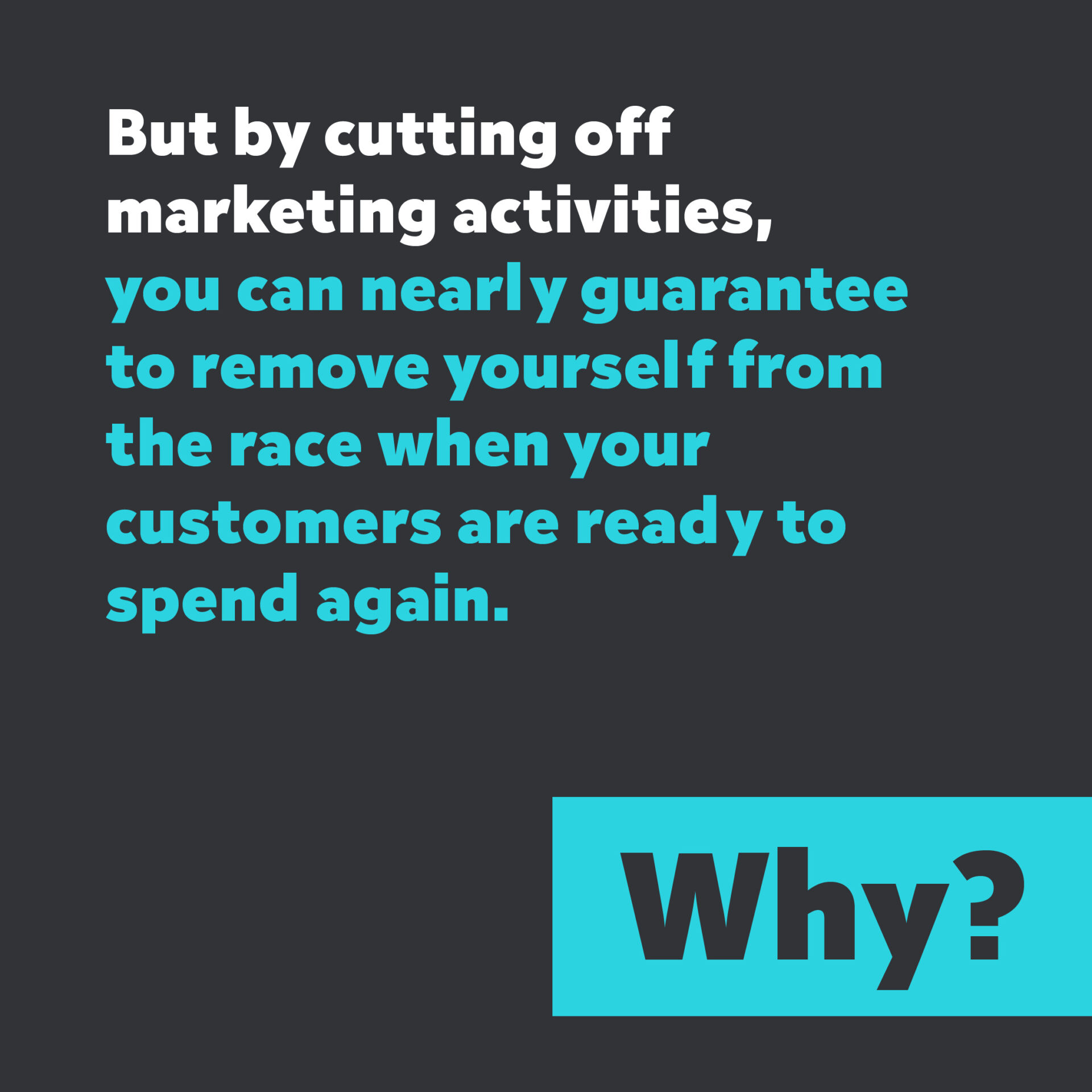
Why should you maintain your marketing?
Because, with marketing budgets being cut, buyers are exposed to less advertising. Companies that continue to advertise will have fewer competing messages to contend with and often see it reflected in their recession sales – staying the same or sometimes even increasing! What’s even better is that you can increase sales without increasing your marketing budget – something that you’d have to do in non-recessionary times.
One of the first, and the most often referenced still, studies that measured marketing effectiveness during a recession was completed by Roland Vaile, a Harvard graduate who tracked the performance of 250 U.S. companies from the end of World War I into the 1920s. He found that there was a positive correlation between marketing budgets and sales. Companies that increased their marketing budgets during the economic downturn increased sales by 20% over pre-recession levels. On the contrary, those who decreased their marketing spend suffered a sales drop 7% below pre-recession levels. (You can read more about this study in a number of marketing forums and magazines. A more recent article that referenced this study can be found here.)
So even during tough times when revenue may be declining, there’s still value in continuing with your marketing activities.
An opportunity to fine tune your marketing strategy
It can also be a good time to evaluate and consider the changes that may benefit the business in the long term. It could be time to analyze your customer base, look for new consumer insights, or explore more effective communication strategies.
The downturn could present opportunities to further grow your business. How can you innovate your products/ services to be more customer-focused? Is there an opportunity to grow the business in a new way?
When there is a downturn in the economy, it can present a number of opportunities to grow your business further – by building brand awareness, reviewing your communications and marketing strategies, or product refinements. We can help use your marketing budget smartly. With services that span across branding to websites to marketing, our team can help you navigate through these scenarios and strengthen your business. If you feel now is the right time, let’s connect.
Rebranding to remain relevant
We frequently can be heard saying to our clients “When you get bored of your branding, your clients are just beginning to become familiar with it.” We don’t take branding lightly. Brand equity can take time to build and changing your brand without any real purpose can diminish your overall brand value. So when we’re approached to partner for a rebrand, we begin in understanding why a rebrand has been put on the table in the first place.
Rebranding for relevancy
Many times at the top of the list is to remain relevant with your client base and target audience. Your brand is no longer resonating with your target market or appearing to align with their values. Or it’s feeling old and stuffy compared to newer brands that are in the market.
But rebranding to remain relevant shouldn’t be like dressing in the trendiest outfit you can find, heading out to the newest club, and then posting crazy antics all over social. When we do that, it’s not too long before we regret the whole thing and go back to the old version of ourselves. Or worse, our new found clients realize we are posing as something we’re not. At the end of the day, we realize that we can’t pull off something that’s different from who we really are.
Rebranding to remain relevant still means remaining authentic and true to your brand attributes and values. Changing to trendy styles, colours, or messaging, when it’s not who you really are, will feel off when clients begin to interact with your company.
Where to begin
When beginning a rebrand to remain relevant, we start with reviewing:
- Your historical journey up to this point
- How your core values have changed from when you began
- The core values of your target audience
- How the industry has evolved over time
This serves as the foundation for developing a new brand that feels more relevant and better resonates with your target audience.
The story behind why rebranding for relevancy is always slightly different. One of our favourite team projects where we rebranded a client to remain relevant is Giffen Lawyers. In all cases, we really dig in to understand the core values and what clients were looking for.
Another example we love is the King Arthur Baking rebrand. As a 200+ year old company, they returned to their roots as a baking company to remain relevant to and resonate with their clients.
Building customer insights into your brand strategy
Customer insights for your brand strategy
It can be tricky to know when to build customer insights into your brand strategy. As business owners, CEOs, or CMOs, we like to think that we have a fairly good handle on our overall brand and marketing strategies. We invest time and resources into determining our name, the product offering, crafting a logo and developing clear messaging. It’s built through product research, market insights, and alignment with our brand vision and values. We identify our target audience through the holes in the landscape, then work to position our solution to fill them.
Yet even with all that work, we still need to keep an open mind and be ready to pivot if our customers present a different opportunity. We may have an idea of how we want our customers to use our products or interact with our brand, but they may find a new way on their own. Successful brands listen to what their customers are saying and adjust their products and marketing when it makes sense. Their brand strategy stays fluid enough to flex with customer insights, while remaining true to their brand values.
One of our favourite examples of this is Vans. The company shifted elements in its brand and marketing strategies a number of times to align with its customers. Most of the changes occurred during its earlier years, while it was still a scrappy start-up. (Not that that was even a term in the late 60s and early 70s?) Some of the most noticeable shifts to incorporate customer insights, in no particular order, have been:
Name change – The now famous shoe company started out as Van Doren Rubber Company. It was named after one of its founders, Paul Van Doren. They changed their name to simply Vans after customers started saying, ‘let’s head down to Van’s”.
Product offering – Their original product was a deck shoe with rubber souls marketed for the whole family. They began to notice that the shoes were becoming popular within the California skate scene as the sole was sticky on the boards. New target audience? Yep! Vans began to focus on creating a shoe specifically for skaters. They even had two skaters help with updating the design of the shoe. By the mid 70s, almost all of the skaters in the area were wearing Vans.
Tagline – Their tagline “Off the wall” is from a skateboarding term coined in the 70s while Californian skateboarders were literally doing tricks off the walls of empty swimming pools. Early skateboarders were pioneers in the sport and embraced individuality. The term is often associated with being rebellious and creative. Vans adopted it to reflect the spirit of the brand and the ethos of its customers.
Successful brands listen to what their customers are saying
Customization – Allowing for more creativity for its customers, Vans offered custom orders where you could choose different colours for the 3 main areas of the shoe (toe, heel and sides). This let each rider have their shoes reflect their own personal style and included making unique left and right shoes. We love that Vans still has customizable shoes. Not only can you choose your colours, but you can also upload your own art and customize the checkerboard! (There was a time where you could also buy just one shoe – the left or the right – as your kick foot would wear faster. Vans was providing a solution that was unique to their main customer’s problem, which broke the convention of always selling 2 shoes – off the wall again!)
Going with the flow and listening to their customer base however didn’t secure the success of Vans. They have had their share of challenges, including filing for bankruptcy protection in the 80s after introducing too many style variations. They were able to come back from it and have continued expanding the brand to appeal to a larger target audience. Their brand and marketing strategies, while fluid enough to shift to these changing target audiences, have stayed true to their brand values. Something that we believe has largely contributed to their success.
Rebranding a family business
It’s a family affair
It’s not uncommon for family businesses to plan its succession around future generations taking over. It’s a practice many have planned from the get go. (Or when their kids show an interest in the business!) Often they are named after the founding family members, the family name, or even something enduring to the family as a whole. The initial logo may have been an image of the homestead, or of a family element.
However, as the family business evolves there may come a time where rebranding makes sense. The rebrand could include an updated logo, a new name, or new brand messaging.
A few of the common scenarios include when:
The family business is becoming a family-owned brand
We all love a great success story. A small, family-run business with humble beginnings takes off and is working to become a popular, sought-after brand. A name change may not make sense if brand equity is already there. However, an updated visual brand can be helpful as it is introduced to more potential clients and positions itself against larger competitors.
The geographic target area grows
Many smaller family businesses begin in their local area. When the decision is made to expand beyond the immediate areas, it’s a good time to take a look at how the brand will be received by the larger target audience. What resonates with your local market may no longer work as your sales area increases.
You’re ready for outside investors
In this scenario, you may have a brand review as part of your business plan after outside investors have committed. Being open to reviewing your brand and making changes to appeal to a larger audience, shows outside investors that you’re serious about growth. But note, this is a review of the brand, not necessarily your values. Compromising quality or commitment to your products and services should not be up for discussion.
There’s a changing of the family guard
Sometimes the rebrand reflects the transition from one generation to the next. It symbolizes the change in leadership and the introduction of fresh ideas, strategies or offerings.
It’s been bought by a non-family member
There are times when the next generation has selected another career path outside of the family business. When a non-family member has purchased a family business, a rebrand may be a good signal that the new owner is just as committed to its success as the family was. There is an investment being made towards the future of the business.
In all cases, the rebrand for a family business should consider:
- If the family name has any meaning to those outside of the current market
- How relatable or relevant the brand visuals are to its target audience
- How well the brand compares to its competitors
- The brand elements that are core to the brand and its values
It's not uncommon for family businesses to plan succession around future generations taking over
Pioneer Craftsmen is a great example of a family business that rebranded to support its growth. In its 3rd generation of family leadership, the brand refresh successfully expresses Pioneer’s forward-thinking design and craftsmanship while still paying homage to its heritage. It continues to represent the lasting quality that the company is known for.
Seasonal Marketing Campaigns
Building marketing campaigns that change with the seasons
Having consistent marketing throughout the year definitely helps in building brand awareness and driving sales. When you build marketing campaigns that change with the seasons, it’s a smart way to leverage naturally occurring events or buying trends over the year. It also can help make the most of your marketing budget and have a positive impact on your ROI.
What seasonal changes to make?
Your strongest season will depend on your individual business. So your individual marketing campaigns should be based on your yearly demand and sales fluctuations. There are so many considerations to look at when you’re building your campaigns. What works for one organization may not work for another, so you need to look at your specific business and build what makes sense for you. As you create your marketing campaigns, here are some of the key elements to look at and how you can change them over the course of the year.
Changes to your messaging
Making updates to your messaging can be a quick way to keep your ads relevant and your audience engaged as the seasons change. It can reflect features/benefits during peak purchase times, build brand awareness and trigger future purchase planning, recognize special events or celebrations – whatever will resonate with your target audience and aligns with your brand.
Changes to your media channels
As you plan the media channels you will use over the year, having an understanding of where your target audience will be can help you determine which ones are best when. You should consider where your target market can discover your product or services, and when they will need it. When are your clients actively searching for your solution vs. when it’s more effective to build brand awareness for future purchases? What marketing channels best support any seasonal goals? Now’s the time to consider all of the channels – digital media, traditional media, video, print, and radio ads. There may be some hidden opportunities to connect with your customers.
Changes to the frequency
Similar to considering which channels make the most sense, how often ads should be presented can also help optimize your marketing ROI. Ramping up before and during a busy sales season and then adjusting to maintain brand awareness on the off season is an efficient use of marketing dollars.
Changes to your visuals
Your visual brand can be one of your strongest assets when it comes to brand recognition. Giving it a seasonal lift or shift can be an effective way to grab your customers attention in the midst of the usual visual stimulation.
Changes to your promotions
Outside of your media elements, you can also look at running special promotions leading up to and during your peak season. In addition to straight price savings, you can also consider cross-promotions with other companies that compliment your products or services. Running ads, email campaigns or dropping flyers are some of the channels to let your customers know of any seasonal offers.
Netflash Internet Solutions
The Backstory:
With minimal in-house marketing resources, Netflash is a Waterloo Region based Internet company looking for support from a marketing agency. In addition to high speed Internet, they also provide various phone and TV packages. Competing against larger ISPs, the team is busy implementing bigger strategic projects in addition to managing the day to day activities of their organization.
Aware that their marketing needed some TLC and dedicated resources, they reached out to Studio Locale to be an extension to their team and manage all of their marketing initiatives.
What We Delivered:
We have worked with Netflash on different projects over the past number of years. Because of this, we have a fairly strong understanding of their business, their products, their target audience, the competitive landscape, and their business challenges. We were able to jump right in and begin with both some tactical execution for inflight initiatives, as well as recommend some branding tweaks. (If we don’t have an existing relationship, fret not. We’ll buckle down and learn everything that we need to know to be an effective extension of any organization.)
Understanding the need for ongoing communications to support various expansion initiatives, we created a communication schedule, crafted quick messaging and designed templates for immediate distribution. Flyers and emails were distributed, and landing pages were created to support and achieve conversion targets.
With the immediate marketing needs covered, we looked at the current competitive environment. There were some aggressive competitive campaigns and we wanted to better position Netflash against them. As many business owners know, it can be challenging to define your unique value proposition (UVP), and Netflash’s UVP and differentiators had become complicated in their messaging. We took the team through an exercise to clarify and simplify their core values and value proposition.
We presented messaging options along with a supporting visual lift for each one. The goal for each approach – make Netflash easy to remember, support brand awareness and have a single message that reinforced their differentiators.
Once a direction was selected, we rolled it out across all of their touch points. We updated their flyers, emails, and digital banner ads to reflect the new messaging. Each supports brand awareness along with specific calls to action based on where and who is receiving the message.
Keeping open communication between both teams is critical and we have standing monthly meetings to review activities, results, and determine if any shifts are needed to support the team.
The Results:
The Netflash team is happy to have dedicated marketing resources supporting their internal efforts. Within the first year they have seen:
- A new targeted service area achieve a 41% market share rate, just 4 months after launching their services
- New leads through their website increase 20% over the previous year thanks to a compelling digital ads campaign
- Direct mail and digital ad campaigns in their existing targeted service areas help them become the market leader with a dominant market share in those areas
Industry
Communications
Discipline
Brand messaging, graphic design, media planning, marketing materials
Project Team
Erynn Hayden
Truc Hoang
Jessica McLachlan
Anneta Wamono
Philip Mondor
Robin Mondor



